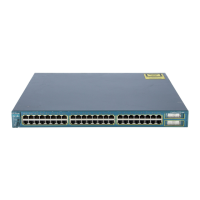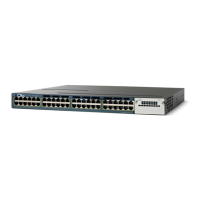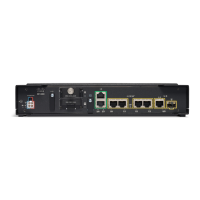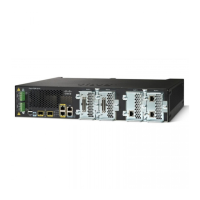Contents
vi
Catalyst 3550 Multilayer Switch Software Configuration Guide
78-11194-09
Host Name and DeviceID 5-4
Using Host Name, DeviceID, and ConfigID 5-4
Understanding CNS Embedded Agents 5-5
Initial Configuration 5-5
Incremental (Partial) Configuration 5-6
Synchronized Configuration 5-6
Configuring CNS Embedded Agents 5-6
Enabling Automated CNS Configuration 5-6
Enabling the CNS Event Agent 5-8
Enabling the CNS Configuration Agent 5-9
Enabling an Initial Configuration 5-9
Enabling a Partial Configuration 5-12
Displaying CNS Configuration 5-13
CHAPTER
6 Clustering Switches 6-1
Understanding Switch Clusters 6-2
Command Switch Characteristics 6-3
Standby Command Switch Characteristics 6-3
Candidate Switch and Member Switch Characteristics 6-4
Planning a Switch Cluster 6-5
Automatic Discovery of Cluster Candidates and Members 6-5
Discovery through CDP Hops 6-6
Discovery through Non-CDP-Capable and Noncluster-Capable Devices 6-6
Discovery through Different VLANs 6-7
Discovery through the Same Management VLAN 6-8
Discovery through Different Management VLANs 6-9
Discovery through Routed Ports 6-10
Discovery of Newly Installed Switches 6-11
HSRP and Standby Command Switches 6-12
Virtual IP Addresses 6-13
Other Considerations for Cluster Standby Groups 6-13
Automatic Recovery of Cluster Configuration 6-15
IP Addresses 6-16
Host Names 6-16
Passwords 6-16
SNMP Community Strings 6-17
TACACS+ and RADIUS 6-17
Access Modes in CMS 6-17

